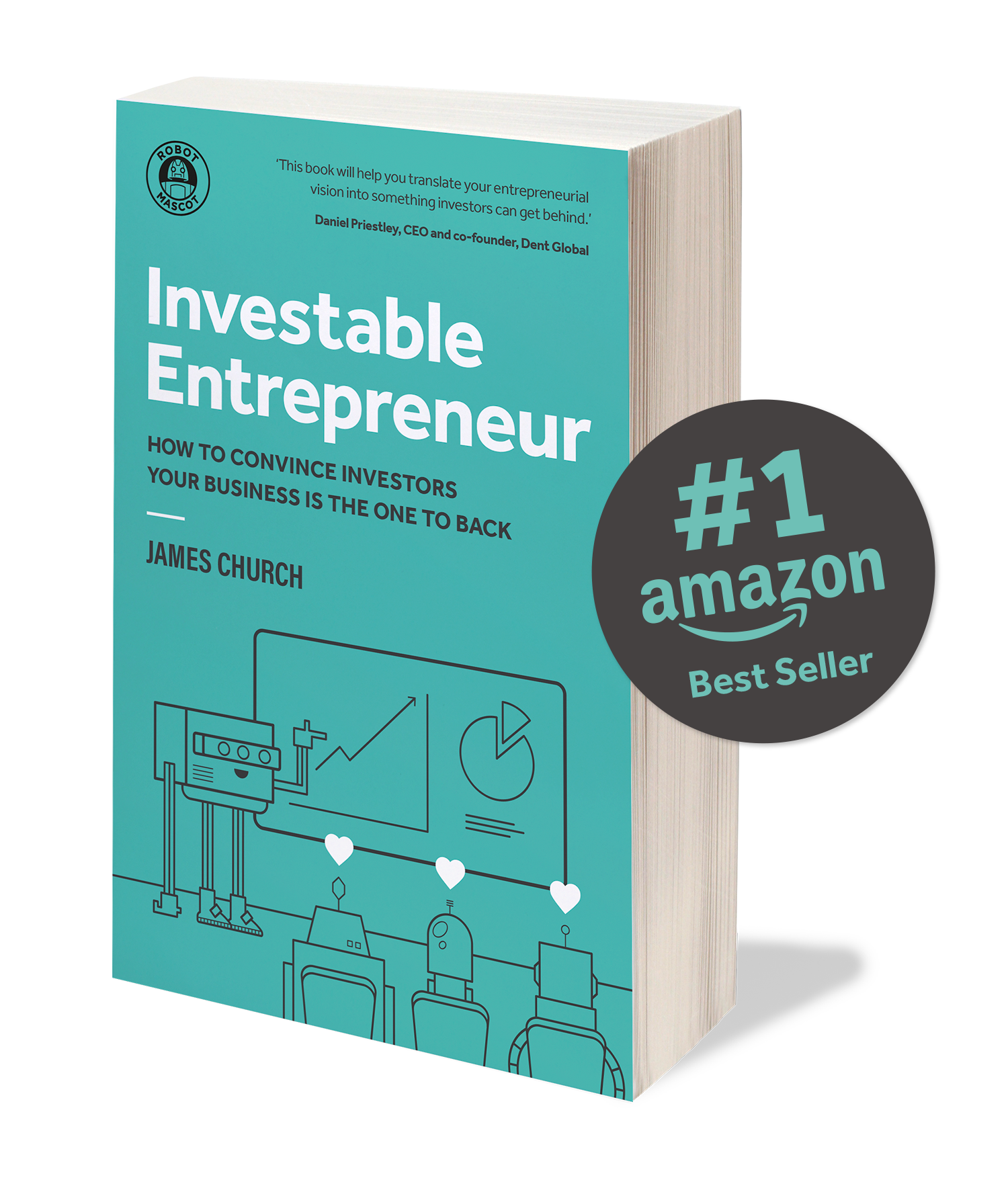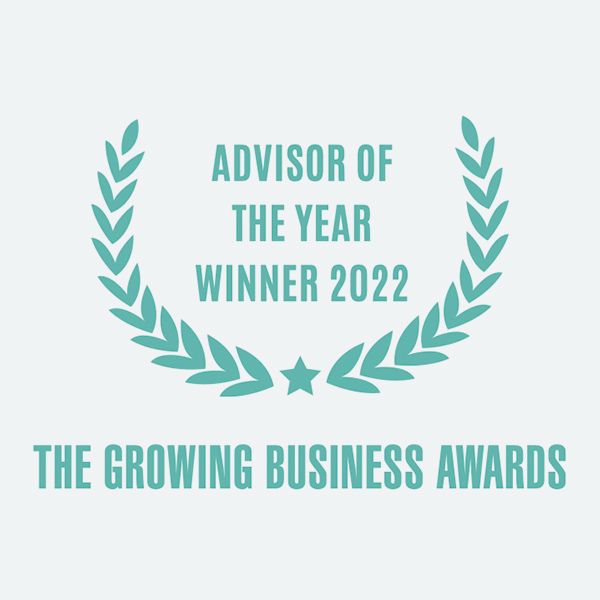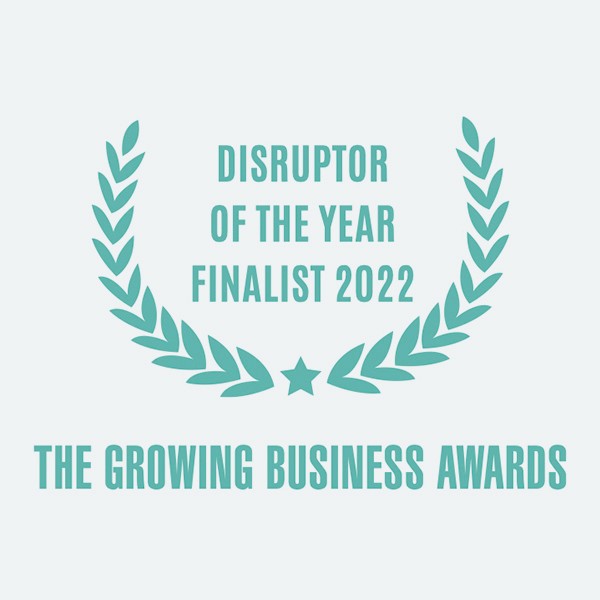

How to Increase Traction for Your Startup
19th January 2023
If I was a potential investor asking you, right now, to show me your business has ‘traction’, what do you think I mean? Depending upon which part of the startup journey you’re on, especially if you’re at the pre-seed and early seed stages, being quizzed about ‘traction’ can give even the most promising entrepreneur enough anxiety to keep them awake at night.
What do investors mean when they ask for more “Traction”?
Investors see a lot of pitches and often don’t have time to give a rejected founder comprehensive feedback.
Or, usually, any feedback at all.
So, the best way for an investor to plug the ‘I’m too busy (or lazy) to give this founder proper feedback, but I need a reason to say no’ gap is to use that well-worn placeholder excuse, “Come back when you have more traction.”
Related: How to Survive Investor Rejection – 4 Top Tips for Founders
It’s a frustrating response to get, especially after, as an otherwise faultless investable entrepreneur, you’ve probably delivered an otherwise perfect pitch. But it happens A LOT. And, by A LOT, we mean it’s one of the most common post-pitch/seed round complaints we hear from disappointed founders.
What does “Come back when you’ve got more traction” mean?
On the surface, it’s a vague and inoffensive reason not to invest, the investor equivalent of “You’ve got something there, but we’re not sure what it is, so until you can show us, we’re not going to take a financial gamble on you.”
Beneath the surface, it’s a different matter. “Come back when you have more traction” can be a catch-all for a whole heap of reasons why the investor doesn’t want to pursue investment in your startup. At least, not right now.
What are the reasons an investor wants to see more traction?
It often means they like your concept, but they’re not convinced you can make your business a success.
Think about that for a second. You’re a founder, and you’ve got a fantastic product or service, but the investor doesn’t believe you have what it takes to make it happen.
If they said that to your face, it would sting, wouldn’t it?
And what would your response be?
You’d want to defend yourself, argue your case, and do everything you can to change their mind, a bit like a failed X Factor contestant who refuses to leave the stage.
Except the investor’s mind is already made up, and all you’ll actually be doing is prolonging the agony for both of you. We’ve all seen X Factor episodes like that, and none of us wants to be on one.
So, looking at it that way, you can see why “Come back when you have more traction” is the friendliest and most unconfrontational phrase an investor can use to end the conversation.
It’s a ‘No thanks’ without being a hard ‘No thanks’, but that’s not just because the investor wants to sugar-coat their rejection to get you out of the room. It’s because they’re quietly hoping you’ll pick up the gauntlet and come back later with the traction they need, so they can really begin to see what you’re capable of.
If this ever happens to you, the vital message to take away is this: “Come back when you have more traction” isn’t a rejection; it’s the investor’s way of asking you to “Come back when you can show us more progress.”
In other words, they want to see evidence that you have the ability to execute your idea.
That’s because one of the main things an investor looks for isn’t a brilliant idea; it’s a passionate, persuasive, go-getting founder who can make the brilliant idea a reality.
How can you prove to an investor you’ve got traction?
Proving you’ve got traction, i.e. coming back into the room at that later date with solid evidence you’re making progress with your concept, will be different for every founder. That’s because what the investor will expect to see varies depending on your business type, your business model, and the stage you’re at in your business’s development.
The quickest and easiest way to get the full breakdown on this is by downloading a free copy of our book, ‘Investable Entrepreneur’. For a more general overview of how to get your startup some traction, this Forbes article also contains some excellent advice.
In the meantime, here are some general rules.
How to prove traction in pre-seed investment rounds
‘Pre-seed’ usually means ‘pre-product’. You’ve got an excellent concept, but it probably needs to be built. The investor knows that. What they’re looking for is substantial evidence that your concept is something the market wants and needs and has the potential for huge numbers of customers to buy it.
How to show investors ‘pre-seed’ traction
It’s actually quite simple, just do as much primary research as you can. Such research typically extends across four areas; surveys, focus groups, UX research, test marketing and industry research.
Surveys
Where surveys are concerned, it’s vital to conduct them correctly. Simply asking your audience the generic question, ‘Will you buy our product or service when it’s available?’ won’t cut it, although it’s still an essential question to ask. But your survey will need to cover so much more to convince an investor of your viability. You’ll need to ask about your audience’s pain points, what solutions they’ve tried so far, why they didn’t work, and what they see as the gap in the market your product will address.
You’ll also need to survey as many people in your target market as possible, 200-300 people if possible. Whatever you do, don’t trawl a half dozen patrons in your local shopping mall and think that’s enough. It won’t be.
Focus Groups
The best focus groups combine potential customers and industry experts. Tell them what you’re doing, ask the pain point questions, and listen to their experience and advice. A properly conducted focus group will give you all the research, evidence, and recorded feedback you’ll need to convince your investors:
- a) your product is suitable for the market, and (even more importantly)
- b) you’re a proactive founder who doesn’t work in a vacuum. You’re collaborative, you’re flexible, and you’re willing to make changes when they’re needed.
UX Research and Test Marketing
We’ve put UX Research and Test Marketing in the same bracket because they can be a powerful investor persuader if you do them together.
UX (User Experience) research is learning what the end users of your product or service need and want and then using what you’ve learned to fine-tune your offering. It’s the kind of insight that a survey or focus group will give you but, to make it genuinely compelling to an investor, you’ll also need to show you can put your UX learning into practice. That’s where the test marketing part comes in.
Fortunately, UX Research (also called A/B Split Testing or Bucket Testing) can be a very low-cost way of showing your investor market validation.
How to do UX Research
- Set up a basic landing page for your product or service and write the copy as if your product already exists.
- Put a button on the page that urges the reader to ‘Sign up today’.
- When the reader clicks on the ‘Sign up today’ button, direct them to a second page that says, ‘Thank you for your interest. Unfortunately, our product isn’t available in your region right now, but sign up to our mailing list and we’ll contact you when it’s available’.
- Make sure that everyone in your network knows about the landing page. Promote it and link to it on all your social media platforms.
- Place ads for your product on Google or Facebook. This will cost a small amount of money but will give your test marketing wider reach and prove to investors that there’s a much bigger audience for your product.
What are the key benefits of UX Research?
- You’ll start building a list of potential customers. When your product or service is ready, you’ll be able to market to them directly.
- Using analytics tools, you’ll see the number of clicks your ads receive and get an immediate idea of how in-demand your product will be.
- Using conversion tracking, you’ll see how many people were ready to sign up and be converted into customers. That will give you a much clearer picture of your target audience and be a solid indicator of your product’s popularity.
Industry Research
Any third-party data supporting your product’s or service’s usefulness and market potential can be invaluable. You’ll want to research the potential market size, the opportunities and trends you can take advantage of, and the market risks you need to mitigate.
You can gather this information from industry publications, professional journals, white papers and academic institutions but only use it as evidence to back up your offering. Never use third-party industry research as an excuse not to do your own in-house homework.
What is the goal of ‘pre-seed’ traction?
You need to prove four things:
- There’s a real-world problem that’s worth solving.
- Your product or service solves the problem, and your users will pay for it.
- How much your users will be willing to pay.
- How many users will be willing to pay (i.e. the size of your potential market).
The more data you can produce to prove those four things, the better.
How to prove traction in a seed investment round
If your startup is at the seed round stage, it usually means you’ve got a basic product in the market, hopefully generating some early revenue.
At this point, you’ll need to collect the data that shows the market is adopting your product at an ever-growing rate. You’ll want to use that data as the basis to talk to investors about user and revenue growth trends and present it in a way that shows your product is being consistently and increasingly adopted. You could also begin mapping out your trajectory for the next 6-12 months, both with and without investment.
The most convincing way to show investors traction at the seed round stage and beyond is to present them with evidence of actual sales so they can see how those sales marry up to your projections. Take a look at how much traction is enough for investors from Entrepreneur.com for more insight on that.
How to prove traction in a Series A investment round
Reaching the Series A stage usually means you’re making an established revenue from a primary audience. Typically getting close to the equivalent of £1m annual revenue or approaching £80k per month. Now you’re ready to expand from early adopters to the mass market, or you’re ready to explore new markets or verticals in order to accelerate your growth.
The traction investors will want to see here is a combination of careful research and thorough testing for the new market, verticals or products. They’ll expect to see evidence that you’re launching into the best new niches for your product and can rapidly capture market share in those sectors.
How can you start to show investors traction right now?
Summarise the key milestones of your business’s development up until today and set them out as a timeline. Include the moments when you realised things weren’t working, the solutions you came up with and the pivots you made.
Putting all this information down into a concise timeline will be helpful for you and useful for any potential investors. For you, it will be a reminder of where you started, what you’ve overcome, and how much you’ve already achieved. When there’s the inevitable moment that you hit a setback and wonder if it’s all worth it (like when an investor says, “Come back when you have more traction”), looking back over that timeline will almost certainly give you the motivation you’ll need to lick your wounds and get back on track.
For the investor, the timeline will also provide evidence that you’re a founder who can change and adapt your strategy and that you’ve already made some difficult calls which have ultimately paid off. Even if they didn’t always pay off, the investor would see that you’ve learned from them and adjusted your direction accordingly. That’s the kind of traction that investors love the most because it’s solid proof you’re a founder they can believe in and who has the ability to make investing in you a success.
Start providing evidence of traction as early as possible
Our bottom-line advice is that founders should identify the investors they want to reach out to and connect with them several months before the funding round.
Introduce your business and your product and send them regular updates – via email or social posts – on your progress. Share what you’ve learned from your surveys, research and test marketing; talk about the ups and downs you’ve faced, and don’t be shy to tell them about the prominent industry experts you’ve met and the encouraging things they’ve had to say.
In other words, bring your prospective investors onto your journey as early as possible. Let them see, in as close to real-time as possible, how much progress you’re making.
When the time eventually comes for you to walk into the room and pitch to them, all that early foundation building will pay off. They’ll already know who you are, what sort of investment you’re looking for, and why. They’ll already know what you’ve overcome to get here. They’ll have already seen for themselves that you’re an investable entrepreneur who makes things happen and knows how to successfully execute your vision.
But what happens if “Come back when you have more traction” was really just a polite brush-off?
Sometimes you can have all the proper evidence in place, and investors will still tell you to come back when you’ve got something more to show them.
When that happens, it might just mean that you’re pitching to the wrong investors.
Most investors have a preference for the type of business they’ll invest in. Some prefer pre-revenue, some prefer post-revenue, and some will need to see £1m in revenue before they’ll even consider investing.
That’s why it’s essential to do your homework to find the right investors for your business, product or service long before you start reaching out to them. That way, if they do tell you to come back later with more traction, you can be sure you haven’t wasted your time pitching to an investor who would never get behind you, no matter how much progress you demonstrate.
If you’d like to read a free copy of our best-selling book, ‘Investable Entrepreneur’, you can download it.
UP NEXT:
How Much Traction Do You Need to Win Over Investors in a Seed Round?
Learn how to convince investors
Investable Entrepreneur takes you through our winning methodology – the process we use to increase our client’s chances of raising investment by more than 30x.
“This book will help you translate your entrepreneurial vision into something investors can get behind.”
Daniel Priestley, CEO and founder, Dent Global and four times best-selling business author

Keep up to date with what we’re up to via email






Copyright ©Robot Mascot Ltd. All rights reserved.










